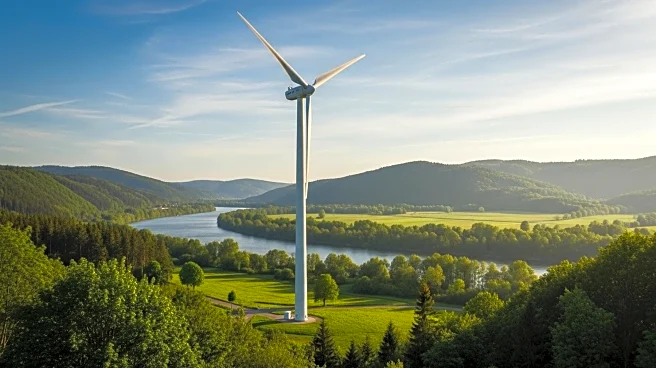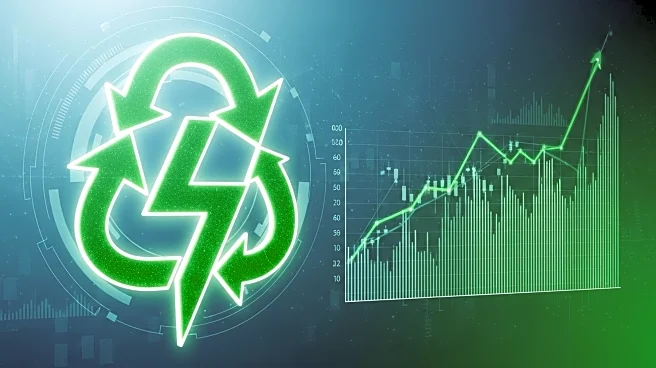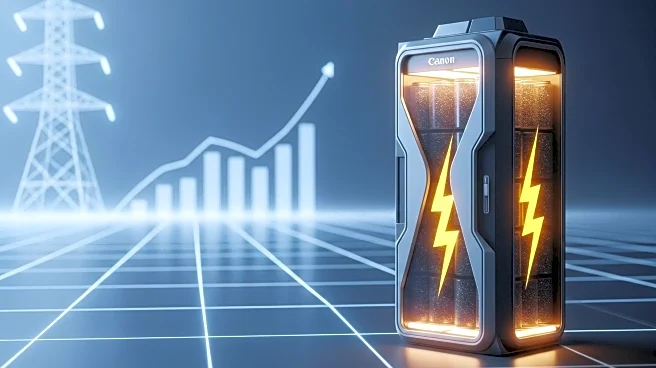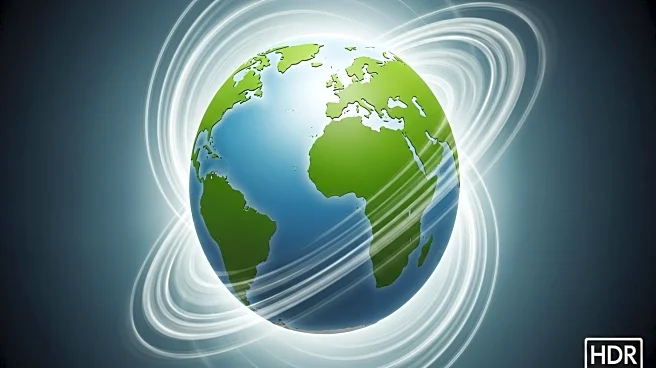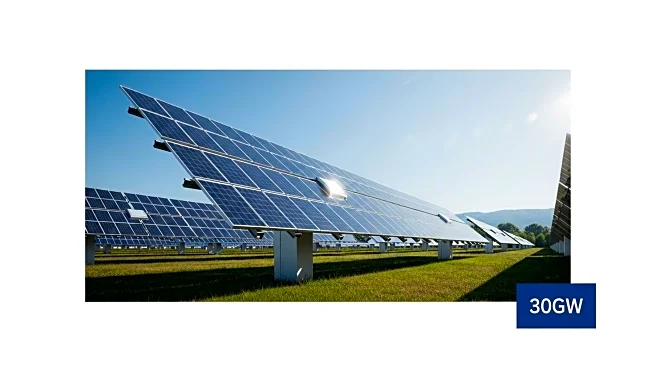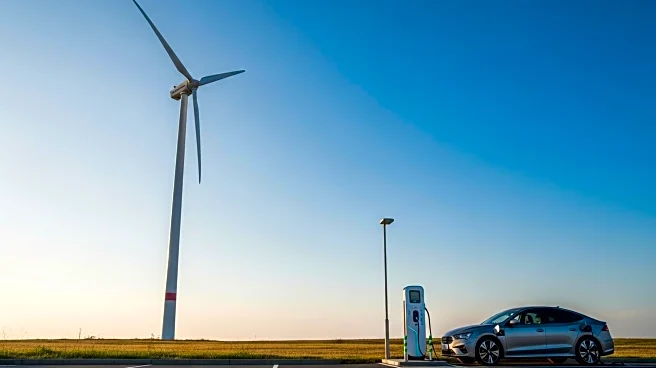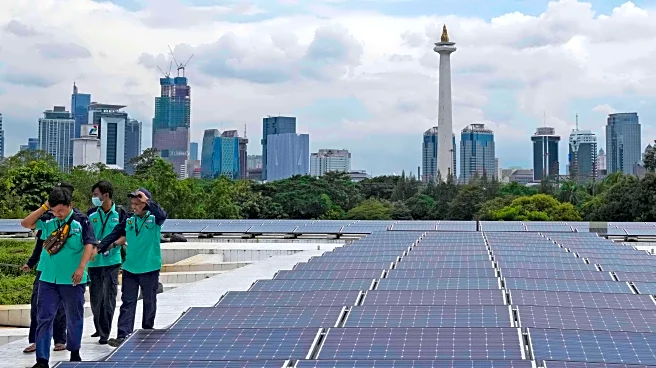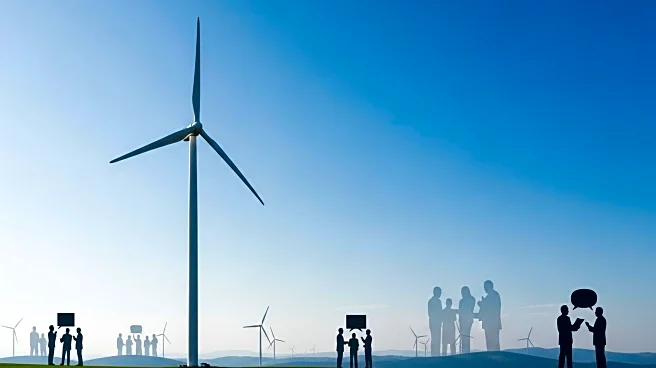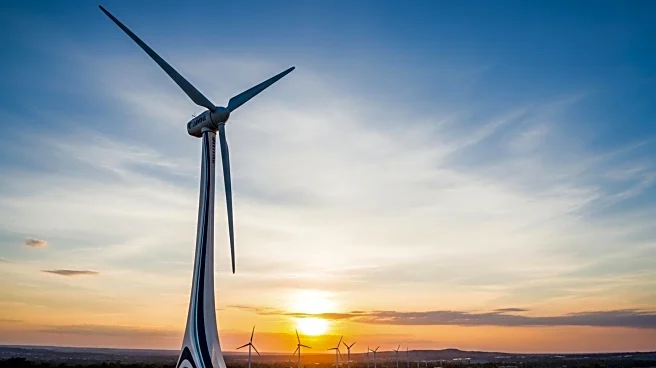What's Happening?
China has experienced a significant increase in solar power generation, with a 46.2% rise in August, according to the Centre for Research on Energy and Clean Air. This surge is part of a broader trend in China's energy sector, where wind and nuclear power also saw increases. However, coal and gas power generation rose due to hot and dry weather, while hydropower fell. Overall, China's power generation increased by 6.6%, driven largely by solar and wind installations outside industrial production statistics.
Why It's Important?
The growth in solar power generation reflects China's commitment to renewable energy and its efforts to reduce reliance on fossil fuels. This shift is crucial for addressing climate change and reducing carbon emissions. The increase in renewable energy sources also supports China's economic goals by providing sustainable energy solutions amidst rising demand. The transition to cleaner energy sources is vital for global efforts to combat climate change and can influence energy policies worldwide.
What's Next?
China is likely to continue investing in renewable energy infrastructure, with potential expansions in solar and wind power installations. The government may implement policies to further incentivize clean energy development and reduce coal dependency. As China progresses in its energy transition, other countries may follow suit, leading to increased global collaboration on renewable energy initiatives. The focus on sustainable energy could drive technological advancements and economic growth in the sector.
Beyond the Headlines
China's energy transition has broader implications for global energy markets and climate policies. The country's leadership in renewable energy can set a precedent for other nations, encouraging international cooperation on climate change mitigation. The shift also highlights the economic opportunities associated with clean energy, including job creation and technological innovation. As China navigates its energy transition, it must balance economic growth with environmental sustainability, addressing challenges such as energy storage and grid integration.

